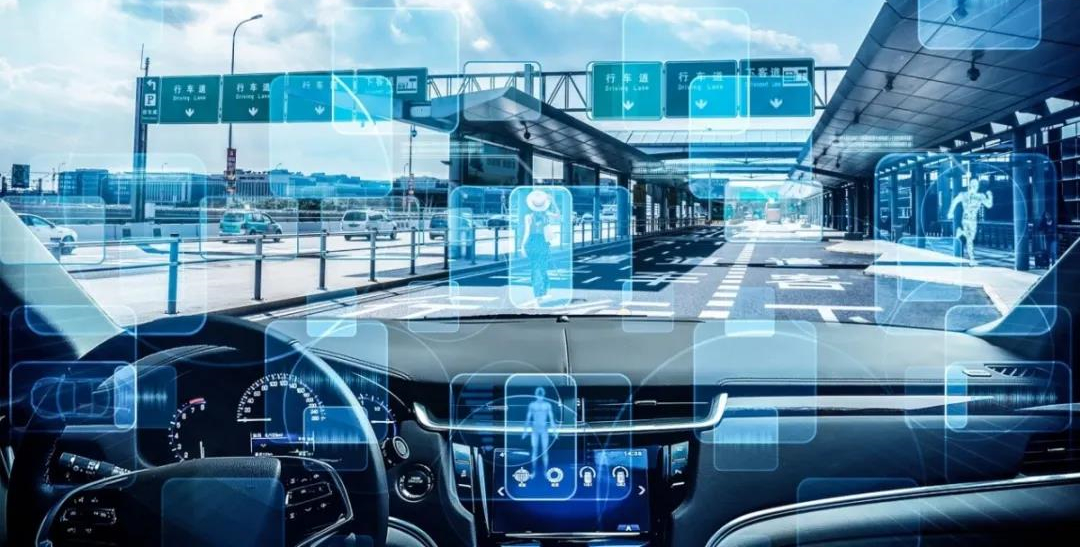
In the epidemic(COVID-19) prevention and control, many 5G applications have stood out and played an important role in China, such as the Thunder mountain’s 5G “cloud supervisor”, 5G infrared thermal imaging temperature measurement, 5G remote diagnosis and treatment of new crown pneumonia. It is foreseeable that with the advancement of 5G construction this year, 5G will usher in more innovative applications in the fields of finance, medical treatment, transportation, and manufacturing.
From the perspective of many current 5G application scenarios, it requires not only very low and deterministic network delays, but also massive, heterogeneous, and diverse data access. For existing traditional cloud computing processing models, 5G applications have brought bottlenecks and challenges.
If the network is compared to a water network, the data is water flow, and the traditional cloud data center is a water plant or reservoir. The water transport system composed of them can meet the original residents’ low water pressure and small flow demand. The popularity of 5G is like adding a large number of new high-rise building users. Not only does the water consumption increase sharply, the water pressure also needs to increase. Traditional water delivery systems cannot meet these needs.
With the construction and popularization of 5G, many industrial applications will spawn massive data. The large bandwidth and low latency of 5G can only solve the problem of data transmission, and the processing requirements of these data will cause huge challenges to existing cloud data centers. How big is it? In 2020, there will be more than 50 billion terminals connected to devices, and more than half of the IoT networks will face network bandwidth limitations. 40% of data needs to be analyzed, processed, and stored at the edge of the network.
In addition to the demand for large bandwidth, different industry application scenarios in the 5G era also put forward different demand-side priorities:
Low latency
5G in medical applications-5G telesurgery requires extremely low latency to ensure the accuracy of the doctor’s operation. In June 2019, Beijing Jishuitan Hospital’s world’s first multi-center 5G telesurgery for orthopedic surgery robots, the end-to-end delay was 20 millisecond. The importance of low latency in 5G + autonomous driving is equally vital. The response speed of autonomous vehicles needs to be reduced to the millisecond level in order to deal with unexpected situations on the road in a timely manner.

High interaction
The main role of traditional security is video surveillance and manual inspection. In the 5G era, intelligent security will develop into holographic sensing and data intelligence. In the key security, urban comprehensive management, and port scenarios, both the density and number of people must be monitored, and the Face recognition tracking the trajectory of suspicious people, etc., needs to be highly interactive.
Data autonomy
Some companies and parks require data storage and processing to be local, based on data security and privacy considerations. If this is the case for a 5G smart park pilot, the park’s application in the 5G + intelligent workshop requires “local data does not leave the park” to ensure the security of corporate data.
Under these requirements, deploying server nodes at the edge of the network to provide efficient and intelligent computing, storage, and network resources nearby has become the most effective solution. According to market research institutions, the size of the edge computing market will exceed one trillion, and it will become an emerging market that is equal to cloud computing.
Therefore, it is not difficult to see that with the popularity of 5G, there will be a huge demand for edge data centers, and edge data centers will become popular.
Unlike the current centralized cloud data center, because the edge computing center is responsible for real-time business decisions and short-term storage of a large amount of personal privacy data, it will have the characteristics of miniaturization, distributed, and close to users. In the 5G era, users will form an extremely close cloud-edge-end architecture with cloud data centers and edge data centers.

Leave A Comment
You must be logged in to post a comment.